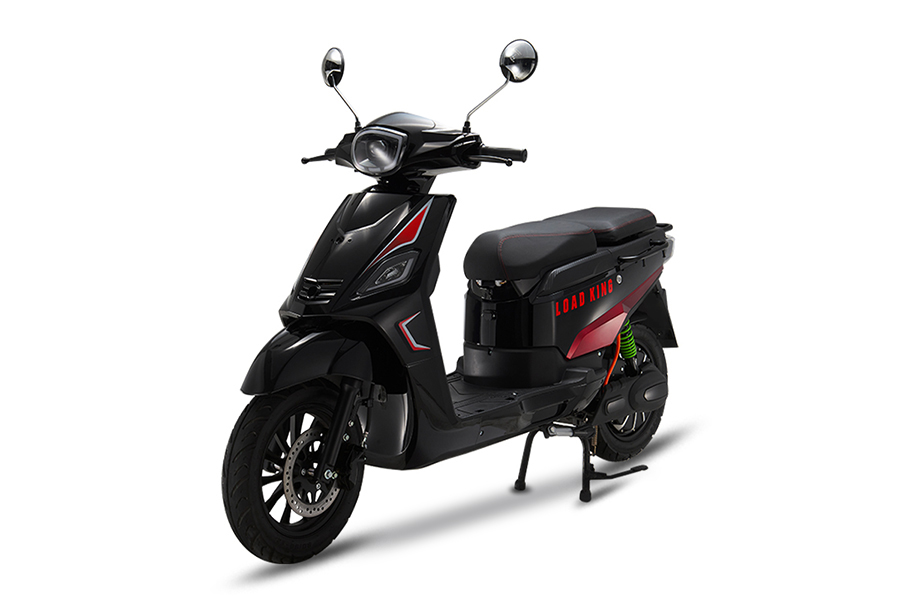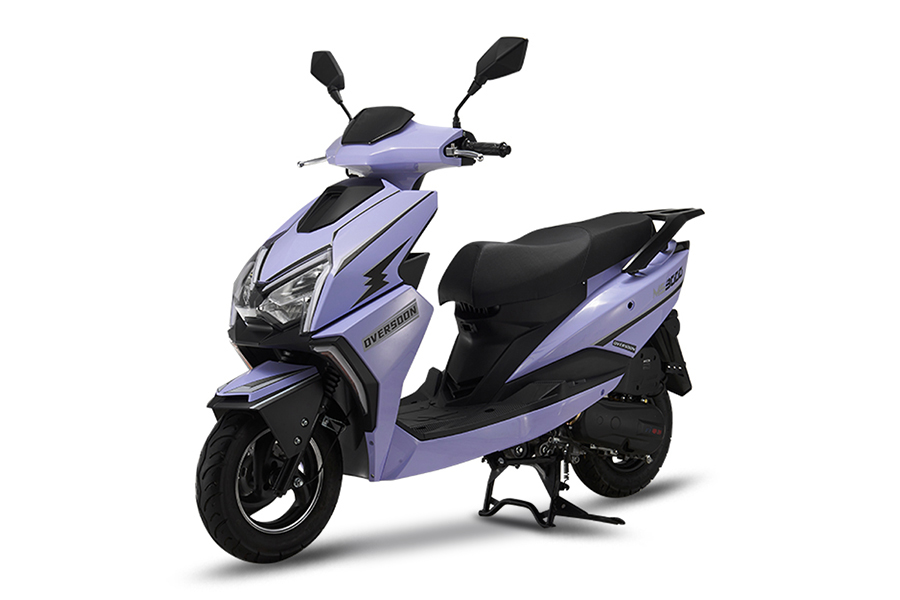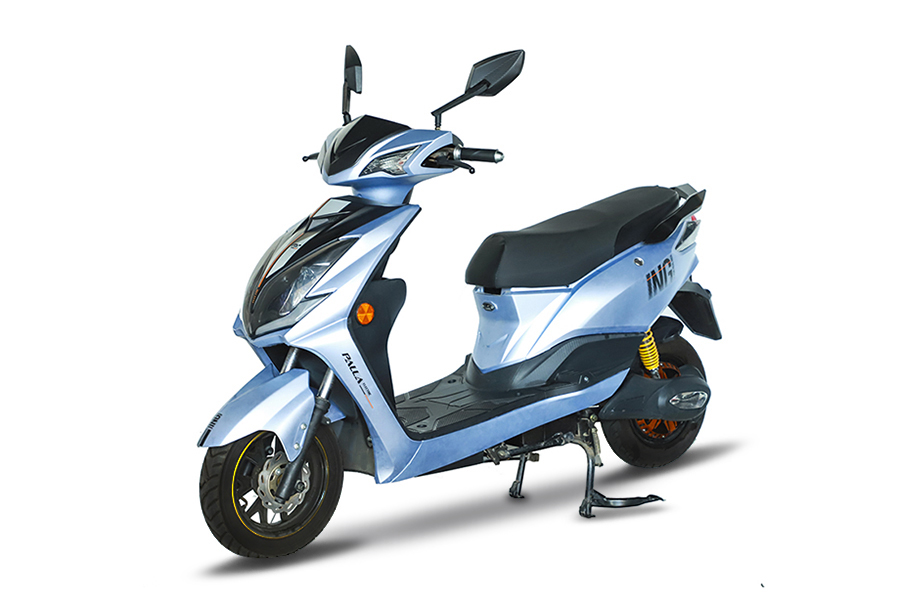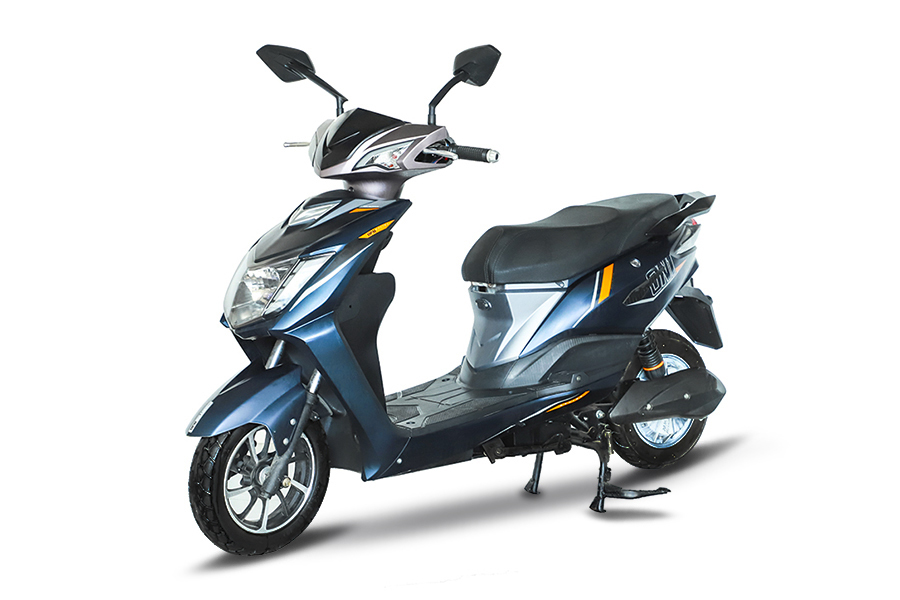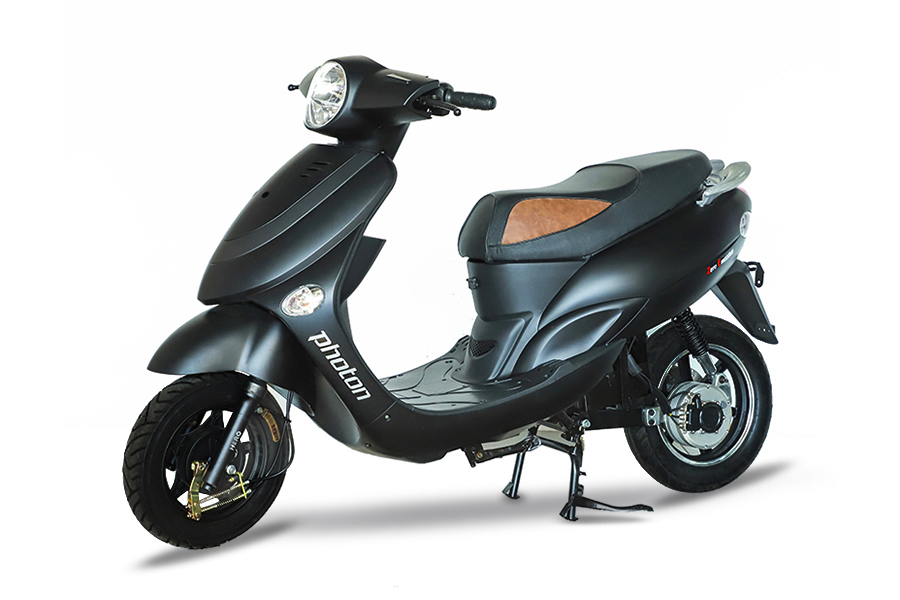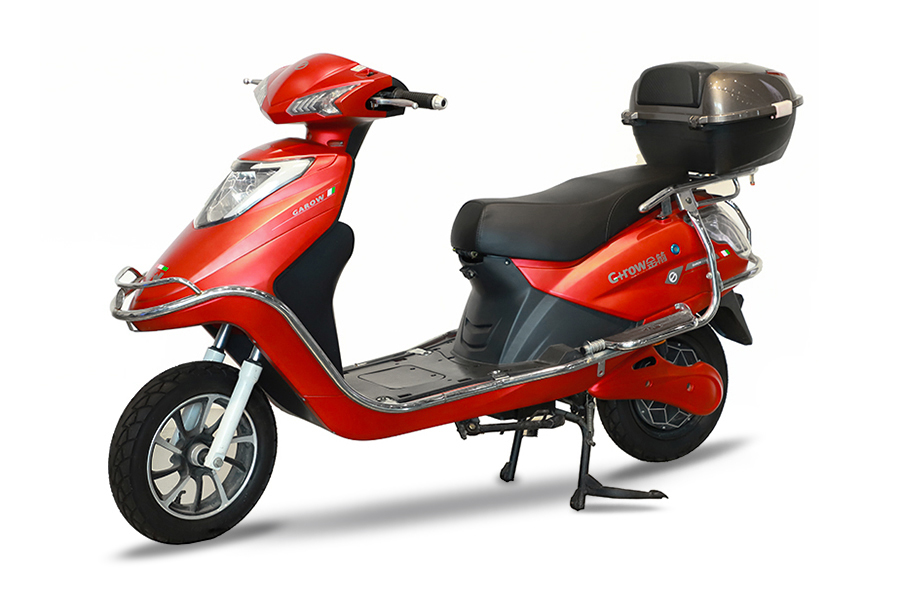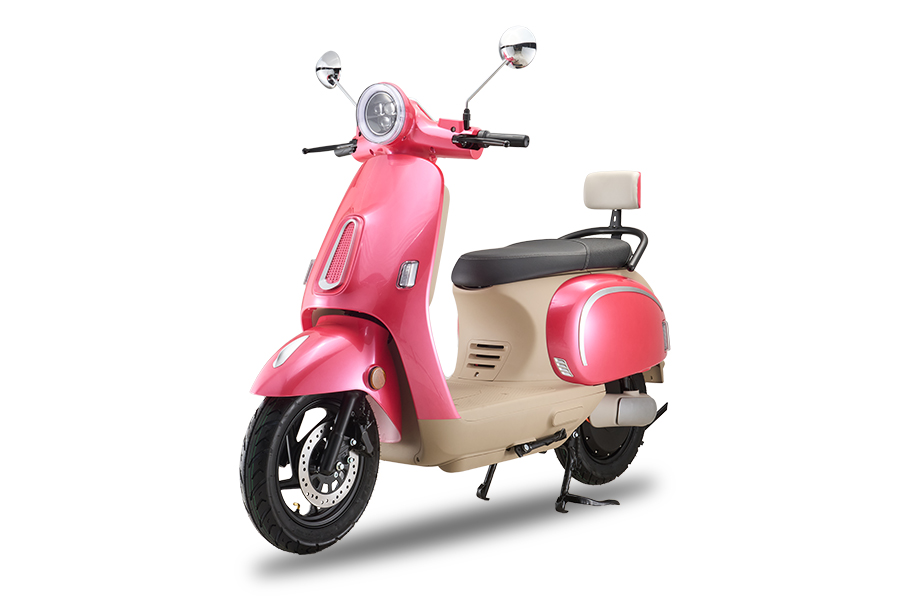The global motorcycles industry is undergoing significant transformations as technological advancements, sustainability concerns, and changing consumer preferences continue to shape the market. With an increasing number of people turning to motorcycles for both practical and recreational purposes, the industry has become a vibrant hub of innovation and competition. As motorcycles evolve to meet the demands of a dynamic world, manufacturers and consumers alike are embracing the next generation of two-wheel transport.
The Growing Popularity of Motorcycles
Motorcycles have been a staple of personal transportation for decades, offering an affordable, efficient, and enjoyable way to get around. With urbanization on the rise, motorcycles have become an attractive option for those looking to navigate congested city streets. The popularity of motorcycles is especially prevalent in densely populated regions where traffic congestion is a common issue, making motorcycles the solution for navigating narrow roads and avoiding long waits.
In addition to their practical advantages, motorcycles have also gained a significant following in the leisure and sports markets. Motorcycle enthusiasts enjoy the thrill of speed, the freedom of the open road, and the sense of community that comes with participating in riding events, rallies, and clubs. As a result, the global motorcycles industry has seen strong growth, with a diverse range of consumers fueling demand for both everyday transportation and high-performance sports bikes.
Innovations in Motorcycle Technology
The motorcycles industry is experiencing a wave of technological innovations designed to enhance rider safety, improve performance, and reduce environmental impact. One of the notable advancements in recent years is the development of electric motorcycles. As the world shifts toward cleaner energy sources, electric motorcycles offer an eco-friendly alternative to traditional gasoline-powered bikes. These electric motorcycles provide a quiet, emissions-free ride, with some models offering impressive acceleration and top speeds that rival their gas-powered counterparts.
The growing demand for electric motorcycles is being driven by several factors, including government incentives, advancements in battery technology, and increasing consumer awareness about environmental issues. As a result, many well-established motorcycle manufacturers are investing heavily in electric mobility, offering new models that cater to environmentally-conscious riders without compromising on performance.
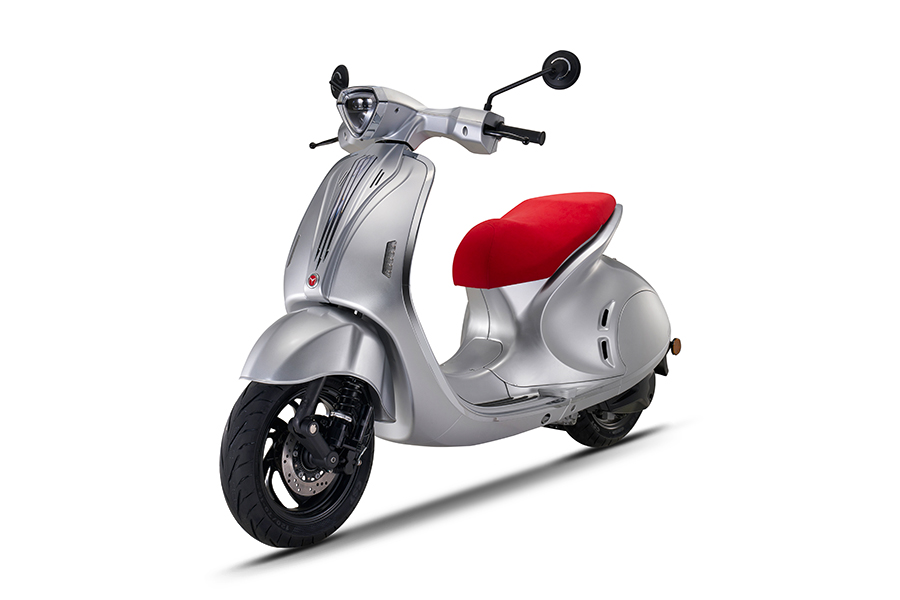
Another key area of innovation within the motorcycles industry is the integration of smart technologies. Modern motorcycles are now equipped with features such as GPS navigation, Bluetooth connectivity, and advanced rider assistance systems. These innovations are designed to improve rider comfort and safety, providing real-time information and notifications to help riders make informed decisions while on the road.
Smart helmets are also becoming increasingly popular, offering features such as heads-up displays, built-in communication systems, and even built-in cameras to record the rider's journey. With the rise of these high-tech accessories, the experience of riding a motorcycle is becoming more immersive and connected than ever before.
The Importance of Safety Features in Modern Motorcycles
As the motorcycles industry continues to evolve, safety remains a top priority for both manufacturers and consumers. While motorcycles offer a thrilling and efficient mode of transport, they also come with inherent risks. To address these concerns, manufacturers are introducing a variety of safety features designed to protect riders in the event of an accident.
Anti-lock braking systems (ABS) are now a standard feature on many motorcycles, helping to prevent wheel lock-up and reducing the likelihood of skidding during emergency braking situations. Additionally, electronic stability control (ESC) systems are becoming more common, further enhancing rider safety by detecting and correcting any loss of traction on slippery or uneven surfaces.
Helmet technology has also seen advancements, with many modern helmets incorporating features such as improved ventilation, enhanced impact resistance, and communication systems. These innovations contribute to reducing the risk of injury during accidents, improving both the safety and comfort of riders.
Furthermore, some motorcycles now come equipped with traction control systems that adjust engine power to optimize stability and minimize the risk of wheel spin, especially when riding in wet or slippery conditions. These added safety features demonstrate the industry's commitment to making motorcycle riding as safe as possible without sacrificing performance.

 English
English Español
Español